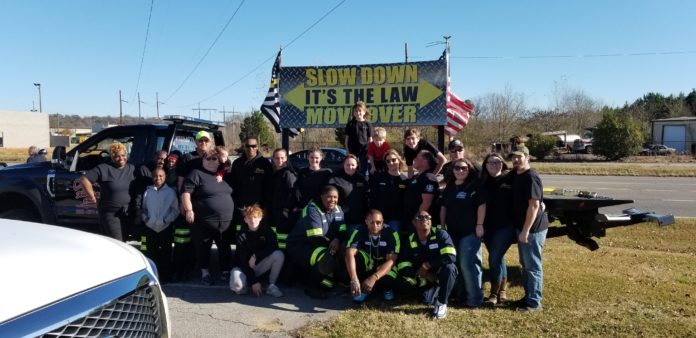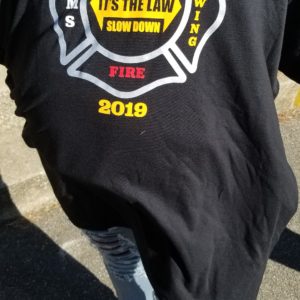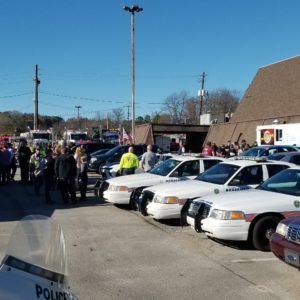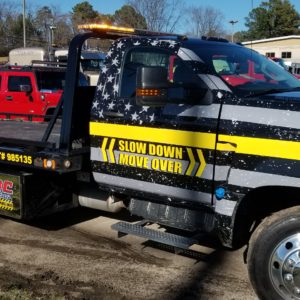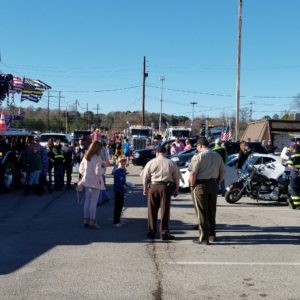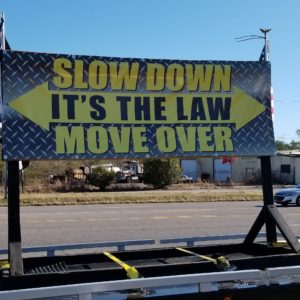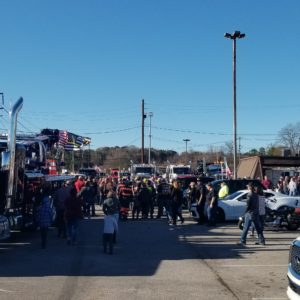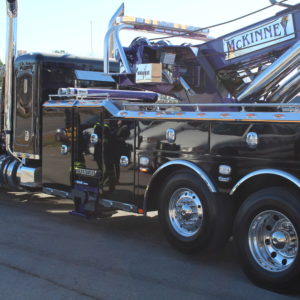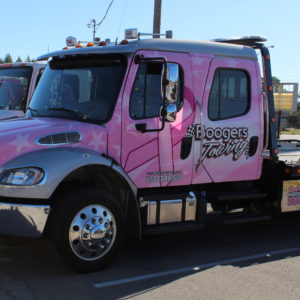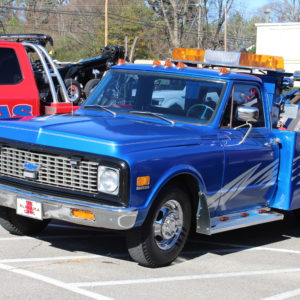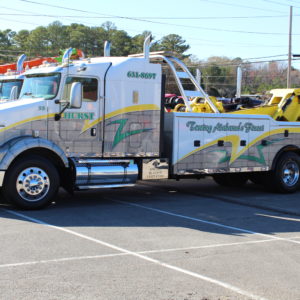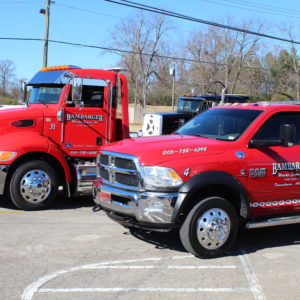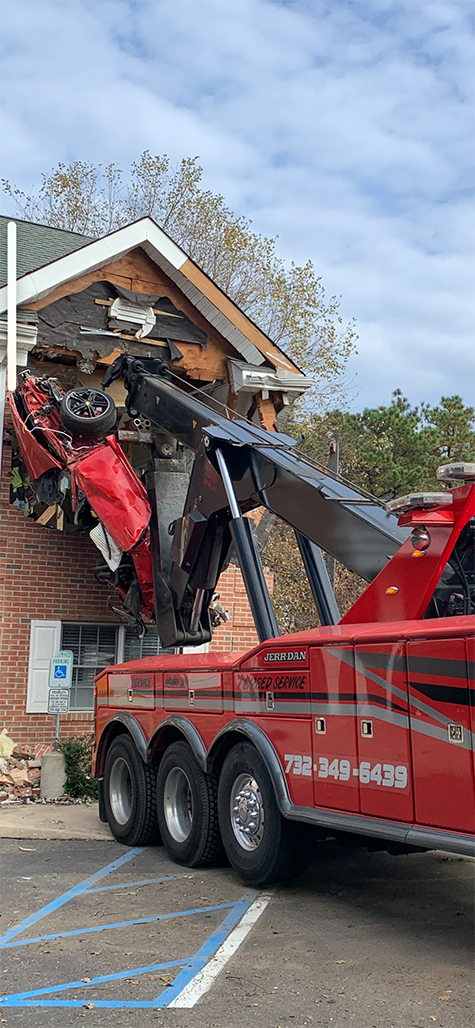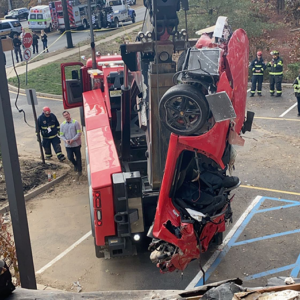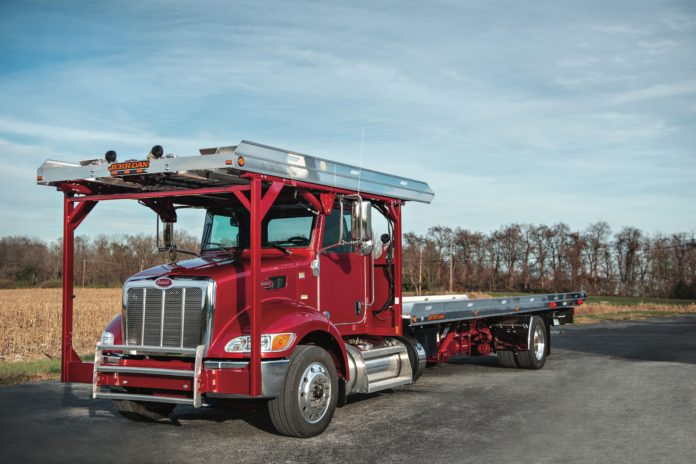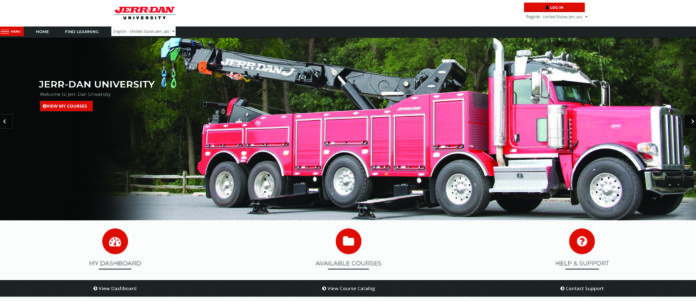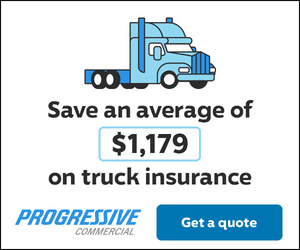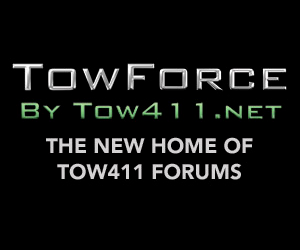I just got back from a tow show in Atlantic City, and the show gave me an opportunity to talk to a lot of tow companies. Many of the companies I talked to were new while others have been in business for years and are still struggling. As I walked the show floor and looked at prices for things it takes to run a tow company, it made me happy I no longer ran a tow company when you look at things like:
1. Price of Trucks
2. Price of Software
3. Price of Chains and Straps
4. Price to Market your Company
5. Price of Insurance
6. Price of Gas
This does not even take into consideration the other things it takes to run your company like staff, rent, phones, and office supplies. Before the new year starts, it’s time to sit down and ask yourself what 2020 will look like. When I owned my tow company, my wife and I would take a vacation for a week and try to define our business for the next year. Nothing has changed. I am starting a new business, and the week after Christmas we are going to New Orleans for a few days to discuss our new business.
GOALS FOR 2020
The 1st thing we do is set a goal for 2020. It could be any of the following:
1. What customers should we go after?
2. What will our business hours be?
3. Do we need to increase our staff?
4. What will we charge for our services?
5. How we will double our revenue?
6. How much office space is required?
7. What markets do we want to offer our services to?
To me, this is the fun stuff in your business. You are out of the daily routine, and you are blue skiing what your company should be. I can’t express enough how important this time is to you and your business. It will relieve the stress between you and your wife while improving your business for the next year. Make this a business trip and write it off and enjoy yourself at the same time.
I spent some time at the tow show with a tow company owner that tells me he has 400 cars to dispose of but can’t find the time to do it. I explained the money he is sitting on that could be used to improve his company or personal life.
REVENUE IDEAS
With the economy the way it is, all small businesses are struggling to survive. As I talk to tow company owners, I tell them there are two ways to improve your bottom line: you can increase your revenue or lower your expenses. Next month, we will talk about expenses, but for now, here a few revenue ideas to think about:
Tow junk cars and run them across the scales.
Utilize empty space in your storage yard. If you have a storage yard, let other companies tow to your yard. That is the big thing in Texas. Also, store vehicles for private owners, for trailer rental companies, and new car dealers.
Open additional businesses. One company opened a tanning salon at his yard, and another opened a small convenience store.
Start to think outside the box, and you will find many opportunities in your neighborhood that will generate revenue.
HOW TO GROW YOUR BUSINESS
Growing your business is a necessity for your business’ survival. What can you do to grow your business? Here are a few things you can do to get started:
Target Your Existing Market
The first thing that comes to mind when thinking of growing your business is getting new customers, but it’s easier getting additional business from your existing customer base.
Ask for Referrals
If you provide a good service, it will be easy to ask your existing customers for referrals. Doing a great job and just assuming that your customers are passing the word about your business isn’t going to do much to increase your customer base; you have to actively seek referrals. During or after every job or sale, ask your satisfied customer if he or she knows anyone else who would be interested in your services.
Innovate Your Service
Discovering and promoting new services is a great way to get existing customers to use you more and attract new customers. Look at your trucks and storage lot and identify what new services you can offer by utilizing your trucks and lot in different ways. To do that, drive around your neighborhood and see what other people might have a need for that you can offer. Also, look at your competition and see what they are doing that you are not. Attend a trade show and talk to other towers to see what they are doing in different parts of the country. Think duct tape! How few of these would have actually been sold if they only had one use!
Extend Your Market Reach
There are several ways of growing your business by making your services available to a new pool of customers. The most obvious is to open offices in new locations on a different side of town. This could increase your rotations with the city and save on gas by having trucks on that side of town. Opening an office in another city could also be an option if you can cover the expense to get started. (Here is where motor clubs can be of help). New locations can also be set up through the internet such as a website with online services. Learn how to take advantage of the internet. Another approach is to extend your reach through advertising. Once you’ve identified a new market, you might advertise in a select media that targets that market.
Participate in Trade Shows
Trade shows can be a great way of growing your business because they draw people who are already interested in the type of services you offer. The trick is to select the trade shows you participate in carefully seeking the right match for your service. “Trade Show Tips” will help you get the best return on your investment. The more your name can be seen by potential customers the better off you are.
Conquer a Niche Market
Remember the analogy of the big fish in the small pond? That’s essentially how this strategy for growing your business works. The niche market is the pond-a narrowly defined group of customers. Think of them as a subset whose needs are not being met and concentrate on meeting those unmet needs. Most towers go after companies that have fleets. Think of places that have groups of people: churches, schools, chain stores, apartments, and small companies that have 50 to 60 employees. Then go in and offer them a towing service for their people.
Contain Your Costs
Surprised? Bear in mind that when we’re talking about growing your business, we’re actually talking about growing your business’ bottom line. There are several approaches to cutting costs: stop providing services that cost the most money (heavy duty towing) and improve your services by utilizing your trucks in the best way. Here comes the motor club approach again or one of those new customers you added.
Diversify Your Services
The key to successfully growing your business through diversification is similarity. Look at your existing customers and see if there are other businesses that might have similar needs. You may tow landscaping equipment when it breaks down, but where does he store his equipment in the winter time which is another use for your storage lot.
Over the past 8 years, I have put on seminars at trade shows or wrote articles for all the 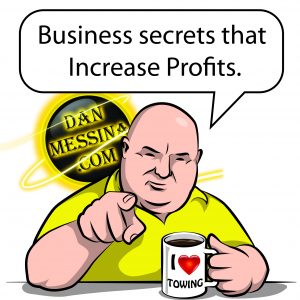 magazines trying to show you tips on how to run your business. What I am doing is taking all my articles and putting them in a book and making it available to you. This book will show you what is expected as an owner and how to perform functions that don’t fit your DNA. It will address all kinds of employee issues, help you set business goals, and compete and win in any market you want. It is being put together now, and I will let you know when it’s ready.
magazines trying to show you tips on how to run your business. What I am doing is taking all my articles and putting them in a book and making it available to you. This book will show you what is expected as an owner and how to perform functions that don’t fit your DNA. It will address all kinds of employee issues, help you set business goals, and compete and win in any market you want. It is being put together now, and I will let you know when it’s ready.
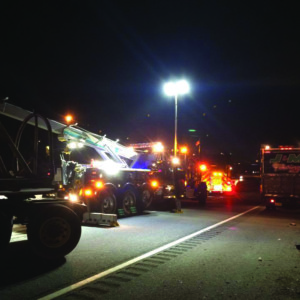 The Night Scan HDT as been developed to meet the unique needs of the Recovery and Towing industry. Heavy wreckers and rotators benefit from the maximum height and light output of the Night Scan HDT Powerlite. The Powerlite version is available as a surface-mount folding version when there is sufficient space or a vertically-mounted model that requires only a 12” x 12” space for installation. Both are 15’ tall when extended, have dual-tilt light heads that cast 120,000 lumens of LED light in all directions to insure you don’t miss a thing. The height of the six Night Scan XL200 LED lights turns night into day and will not blind your crew.
The Night Scan HDT as been developed to meet the unique needs of the Recovery and Towing industry. Heavy wreckers and rotators benefit from the maximum height and light output of the Night Scan HDT Powerlite. The Powerlite version is available as a surface-mount folding version when there is sufficient space or a vertically-mounted model that requires only a 12” x 12” space for installation. Both are 15’ tall when extended, have dual-tilt light heads that cast 120,000 lumens of LED light in all directions to insure you don’t miss a thing. The height of the six Night Scan XL200 LED lights turns night into day and will not blind your crew.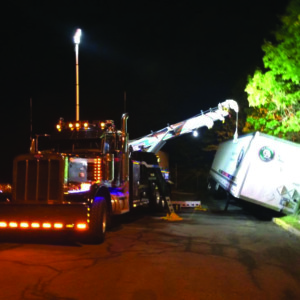 Oncoming traffic will be alerted to the scene from a safe distance. Night Scan HDT comes with everything needed for installation. The major truck manufacturers can install the light tower during a new build or the light tower can be installed by dealer or upfitter. They can even be installed on older equipment by your own shop. Best of all, no generator is needed to power the light tower – the efficient Night Scan XL200 LED lamps operate from your truck’s power system. Night Scan HDT is available in smaller sizes for rollbacks and tow trucks, and we also offer a full range of specialized LED lighting for every vehicle.
Oncoming traffic will be alerted to the scene from a safe distance. Night Scan HDT comes with everything needed for installation. The major truck manufacturers can install the light tower during a new build or the light tower can be installed by dealer or upfitter. They can even be installed on older equipment by your own shop. Best of all, no generator is needed to power the light tower – the efficient Night Scan XL200 LED lamps operate from your truck’s power system. Night Scan HDT is available in smaller sizes for rollbacks and tow trucks, and we also offer a full range of specialized LED lighting for every vehicle.
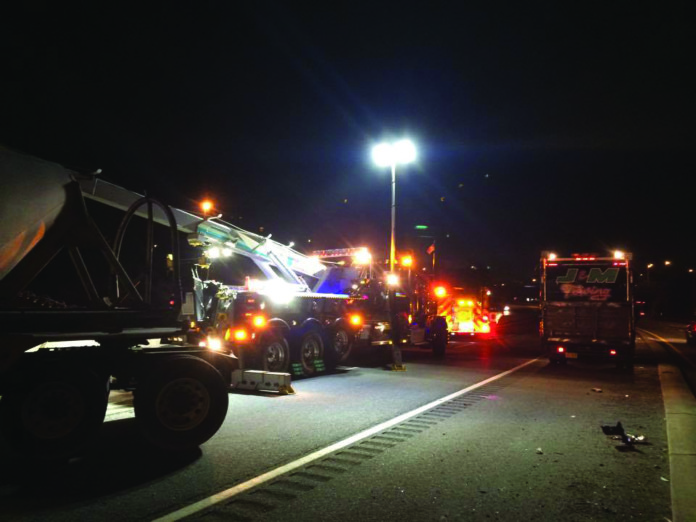


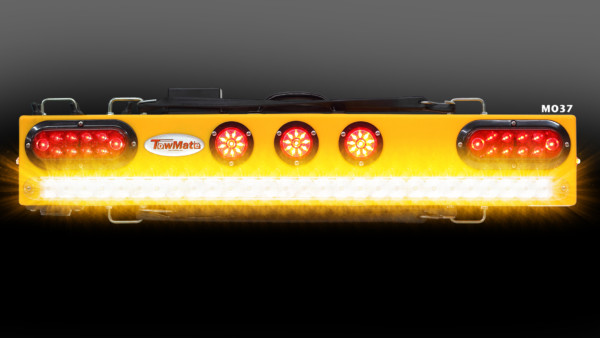 MO37Li
MO37Li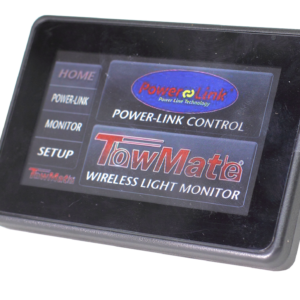 Our new PCX overhead light bars are the new industry standard for emergency and industrial lighting. Made from a solid aluminum extrusion, multi-color strobe function, wireless STT that controls your TowMate tow lights, and controllable via our touchscreen controller; this is the future of vehicle lighting.
Our new PCX overhead light bars are the new industry standard for emergency and industrial lighting. Made from a solid aluminum extrusion, multi-color strobe function, wireless STT that controls your TowMate tow lights, and controllable via our touchscreen controller; this is the future of vehicle lighting.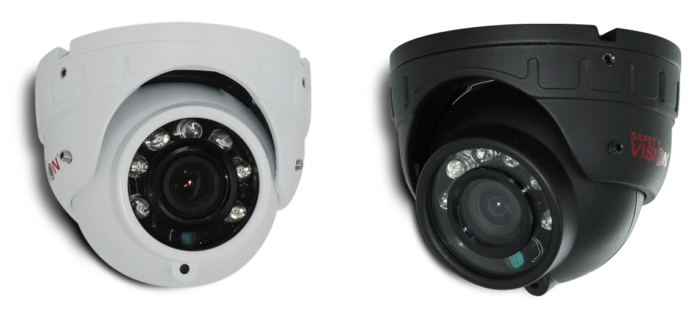
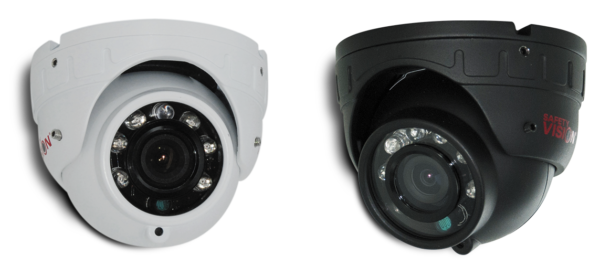 S
S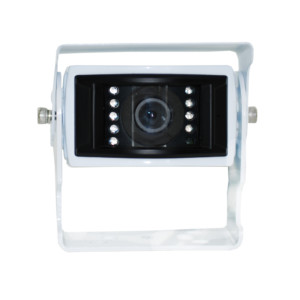
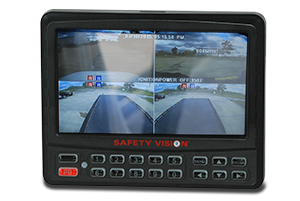
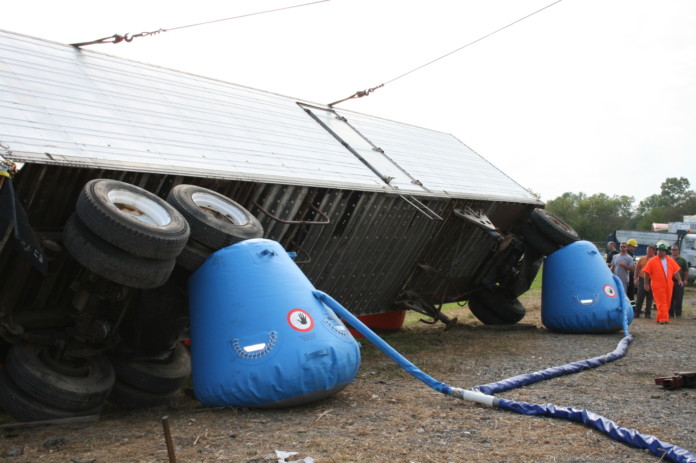
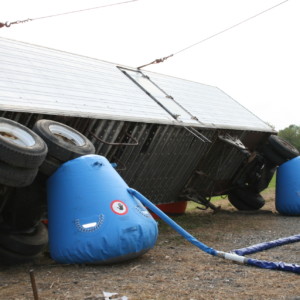
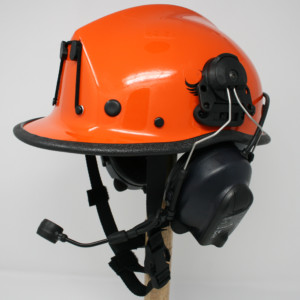
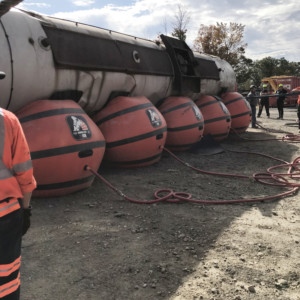
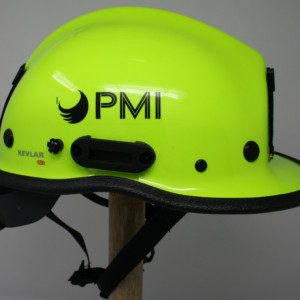

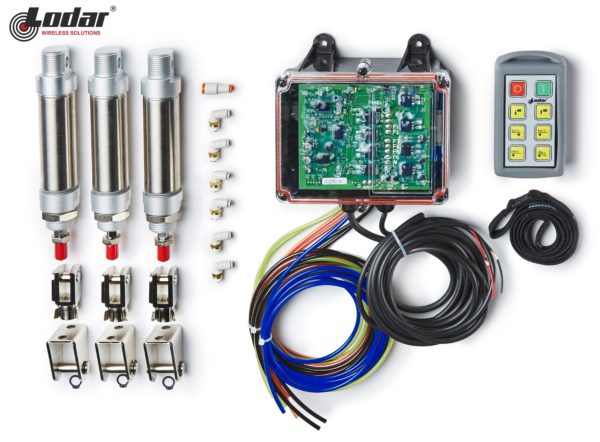
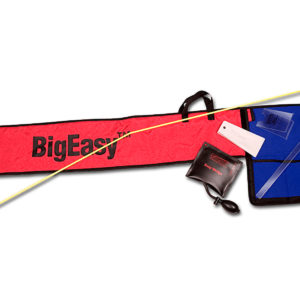
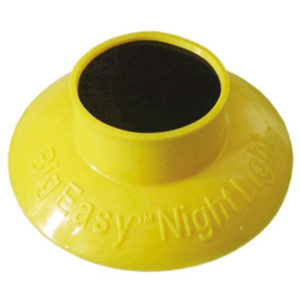
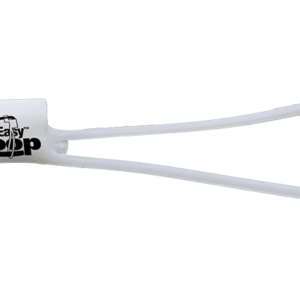 A simple and inexpensive device to assist the technician in using the BigEasy to open locked cars by grasping door handles and window cranks.
A simple and inexpensive device to assist the technician in using the BigEasy to open locked cars by grasping door handles and window cranks.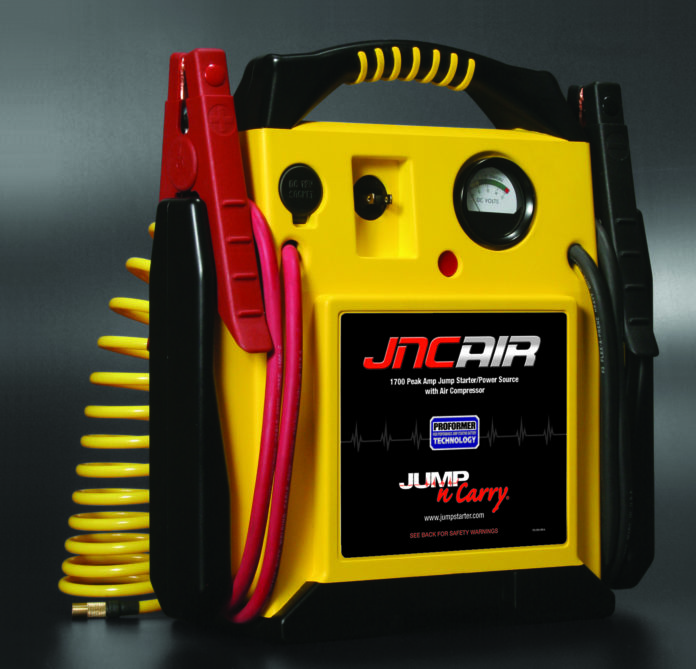

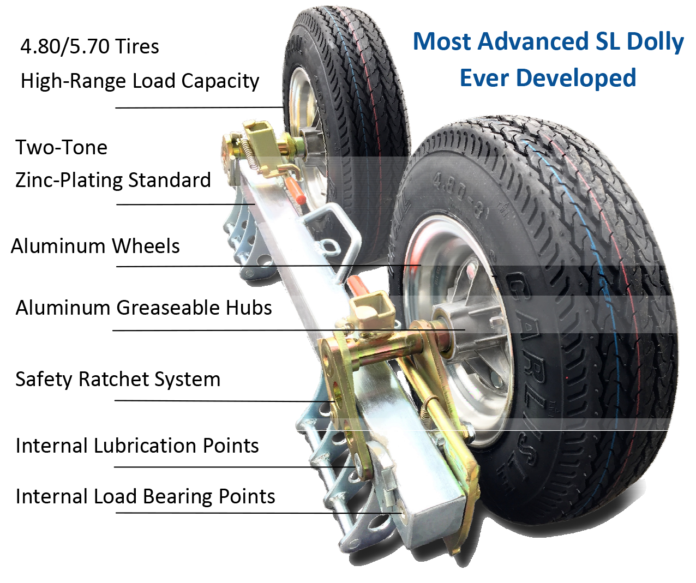



 magazines trying to show you tips on how to run your business.
magazines trying to show you tips on how to run your business.